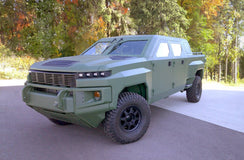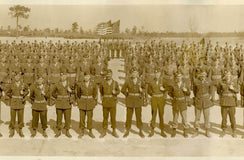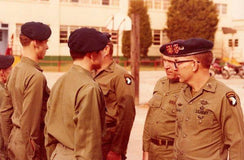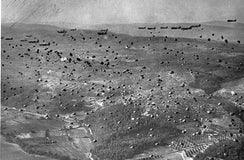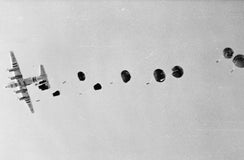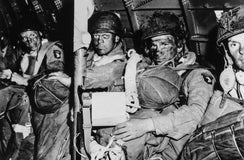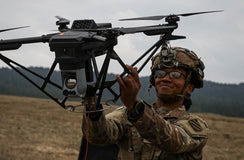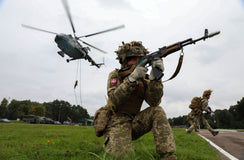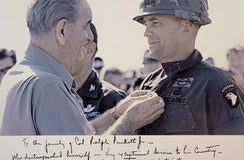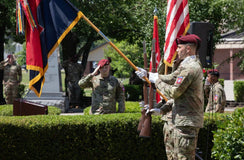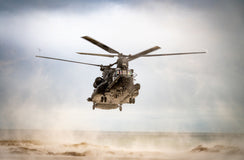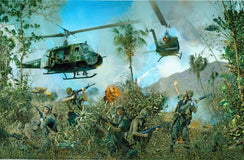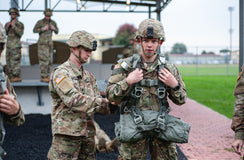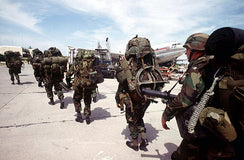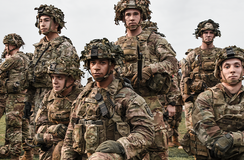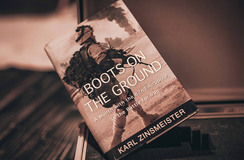Operation Dragoon: The 1st Airborne Task Force (ABTF) Jumps Into France
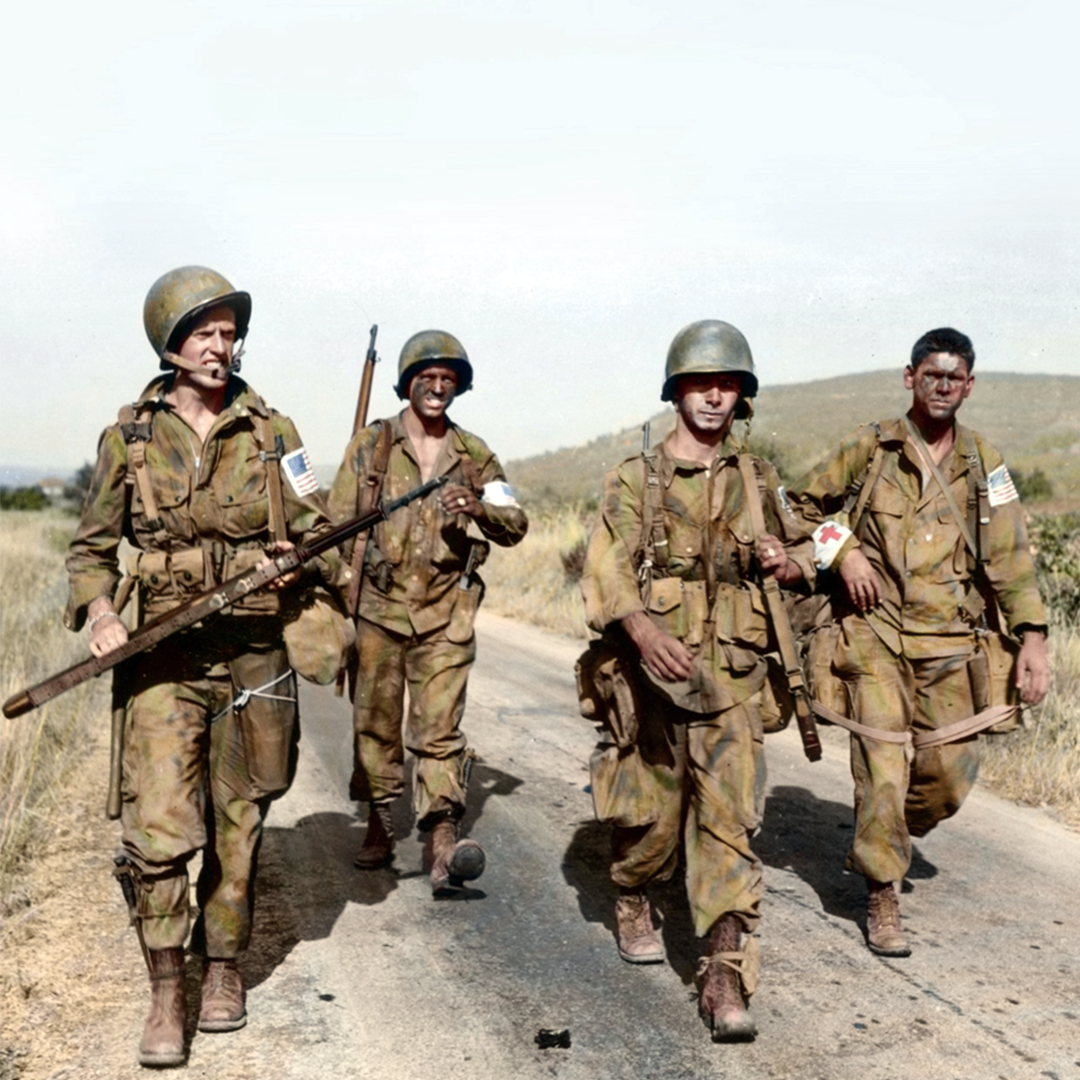
Having joined together a powerful alliance of several battalions, Operation Dragoon was set to invade southern France on August 15, 1944.
Limited to only a few days of training before the big day, the Allies worked to mobilize and configure a vast team of 10,000 airborne troops, set to jump into France in the pitch darkness of the morning.
In these 10,000 troops, there was a high combination of a variety of decorated, experienced, and hard-working soldiers, ready to fight for the liberation of Southern France.
There was a combination of men of the US 509th Parachute Infantry Battalion (PIB), the 517th Parachute Infantry Regiment, 1st Battalion, the 551st Parachute Infantry Regiment, the 550th Glider Infantry Battalion, and the British 2nd Parachute Brigade. This unified group of different battalions was to be named the ABTF, or the activated 1st Airborne Task Force.
The Allies got together, loaded up on C-47 transport planes, and took off toward the coastline of southern France. Although none would be experiencing their first day “at the office” as a singular battalion—all with decorated histories of fighting and winning their respective battles, the idea of working together as a large unit was a completely new concept.
And even though the plans were successfully on their way to being executed, the timing of the drops and surrounding area had made it a difficult one.
As the fog rose up in the early morning hours, the weather made the locale hard to see, and pilots struggled to get to or identify the most accurate location of the drop-zones. The 1st ABTF were then faced with inaccurate markings on drop-zones, scattering paratroopers widely throughout the area.
And although they were dropped far from their intended targets, it only took a few several hour hikes to their DZ’s to make contact with one another, reaching their areas successfully.
By surrounding Le Muy and securing the highest ground positions, the troopers were able to repel German forces. From a combined view of above-ground positions from the 509th and 463rd, the paratroopers then gathered the US 45th Infantry Division and started to head toward the city.
Combined with the efforts of the 550th Glider Infantry Regiment, the paratrooper team of battalions was able to clear the town of Germans and capture 170 enemy soldiers. From Le Muy, the army continued to flank southern France, heading to the occupied Cannes, Nice, Soissons, and La Gaude, among many other cities along the Franco-Italian border.
Although disbanded shortly after Thanksgiving of the same year, the 1st ABTF and the led Operation Dragoon was considered a monumental success and large stepping stone of defeating the invasion of Nazi Germany and taking back Southern France.

